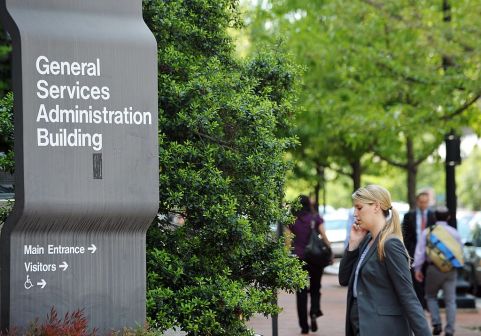OMB’s plan for government reform: Business as usual for IT

The Office of Management and Budget ended the governmentwide hiring freeze Wednesday with the release of new guidance — a “comprehensive plan for reforming the federal government and reducing the federal civilian workforce.”
The 14-page document points to federal technology as an area for finding greater efficiencies through consolidation and shared services — and mostly appears to point to business as usual for the federal IT community. As expected, the direction seems to continue largely down the Obama administration’s digital government path, with its focus on IT consolidation, shared services and category management.
As Assistant to President Donald Trump Chris Liddell said at a White House event last week of reforming federal technology: “In terms of short-term wins, I think in the purchasing area that’s a huge one I think we can do relatively quickly. We buy not only in the IT sense but just about about everything … and we don’t use economies of scale.”
The OMB guidance directs agencies to create an “agency reform plan” by September 2017. A high-level draft of the plan is due by June 30. Here are some of the things that plan should consider, according to OMB:
• A look at how to use technology to improve business processes: “Agencies should identify opportunities where adopting new technology will automate processes and result in increased efficiency and budgetary savings.”
• Streamlining mission-support functions such as IT, and consider leveraging “Intra- and inter-agency shared services/centers of expertise; Lines of business or shared IT infrastructure; external service providers, including those providers on best-in-class contracts as part of the category management effort; and outsourcing to the private sector when the total cost would be lower or insourcing a function to government where a contract can be eliminated or scaled back.”






